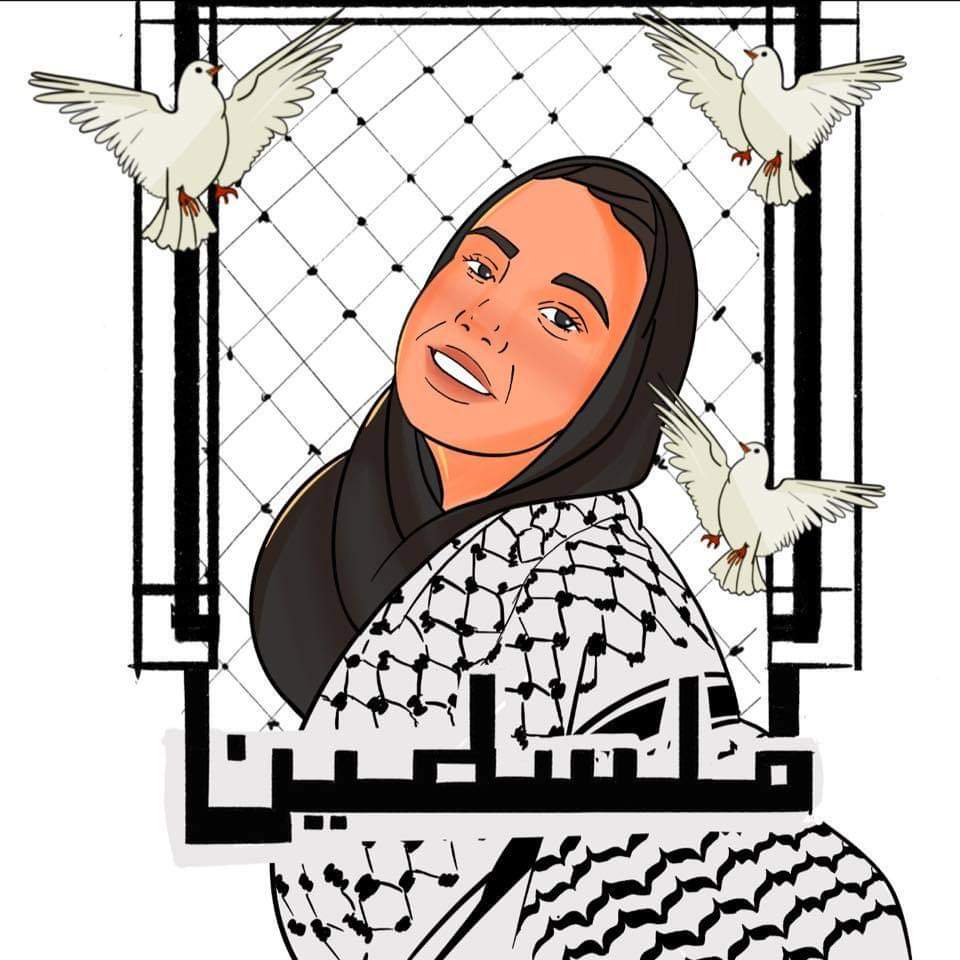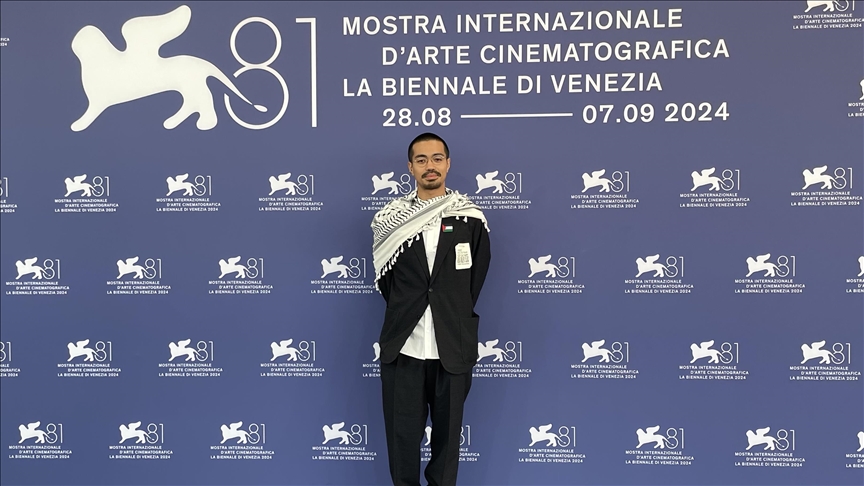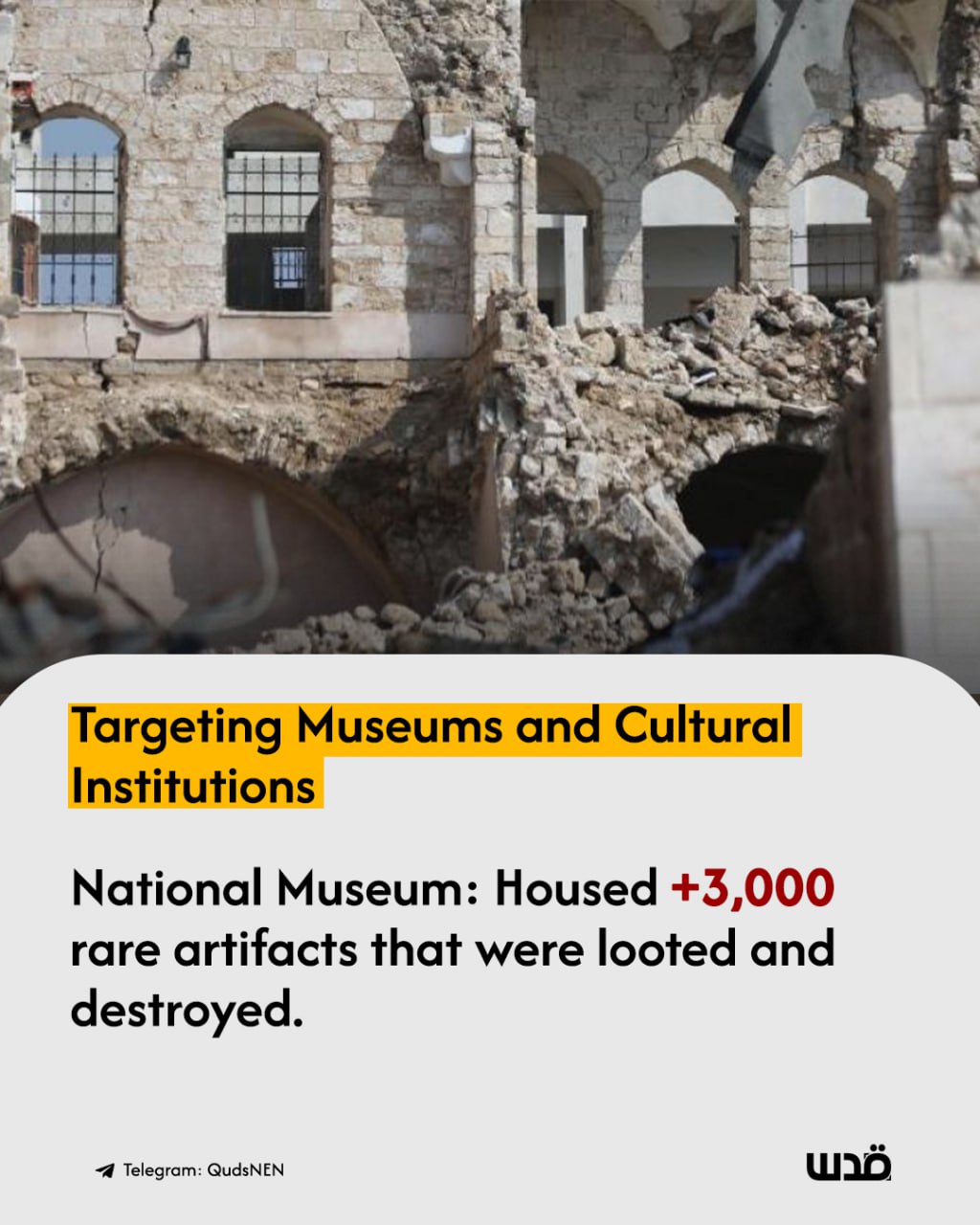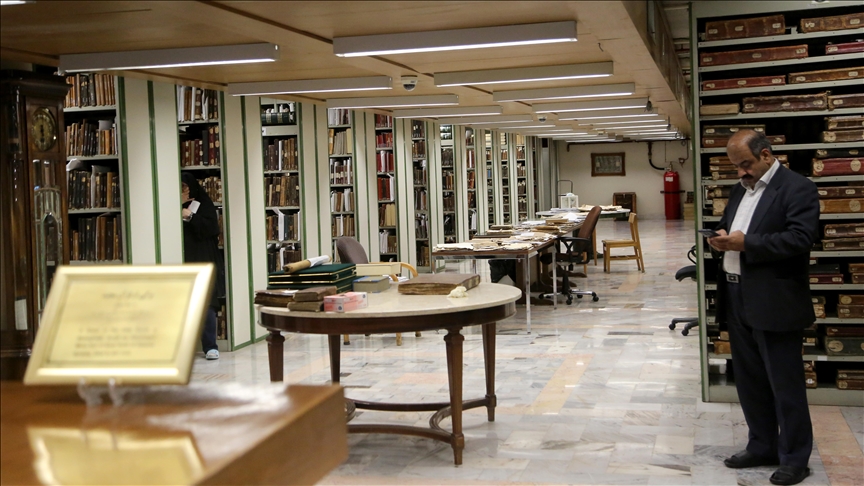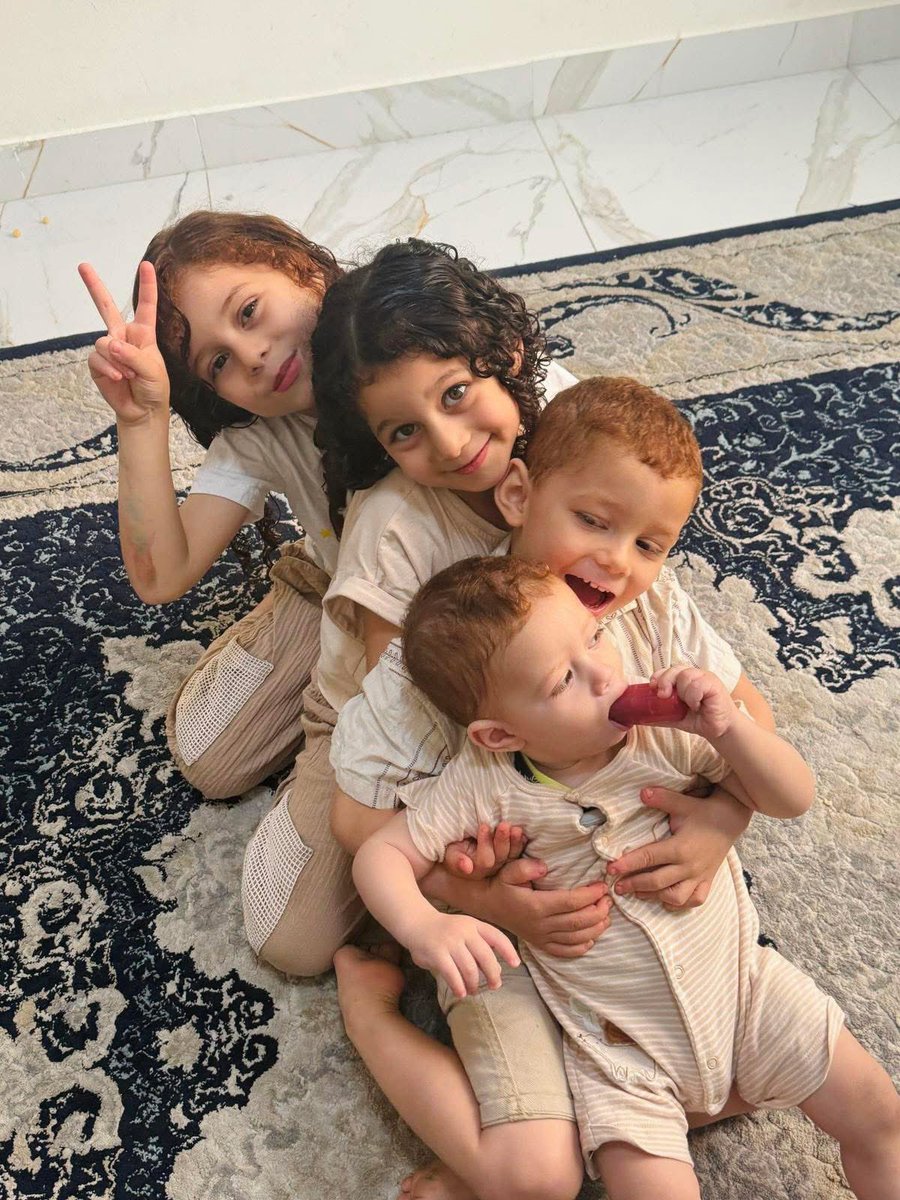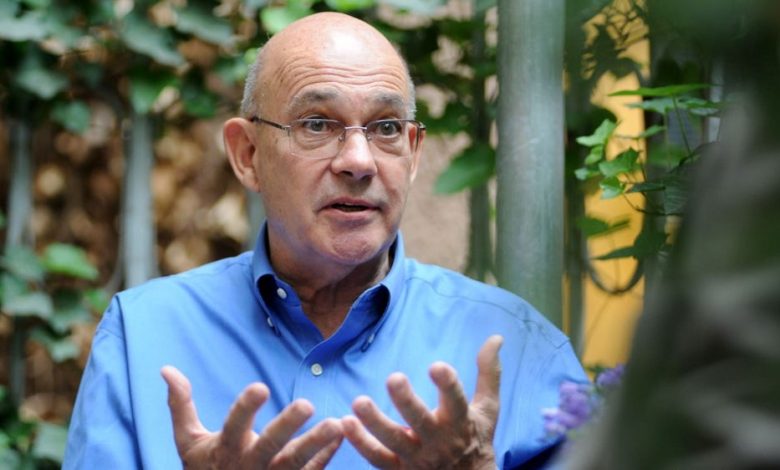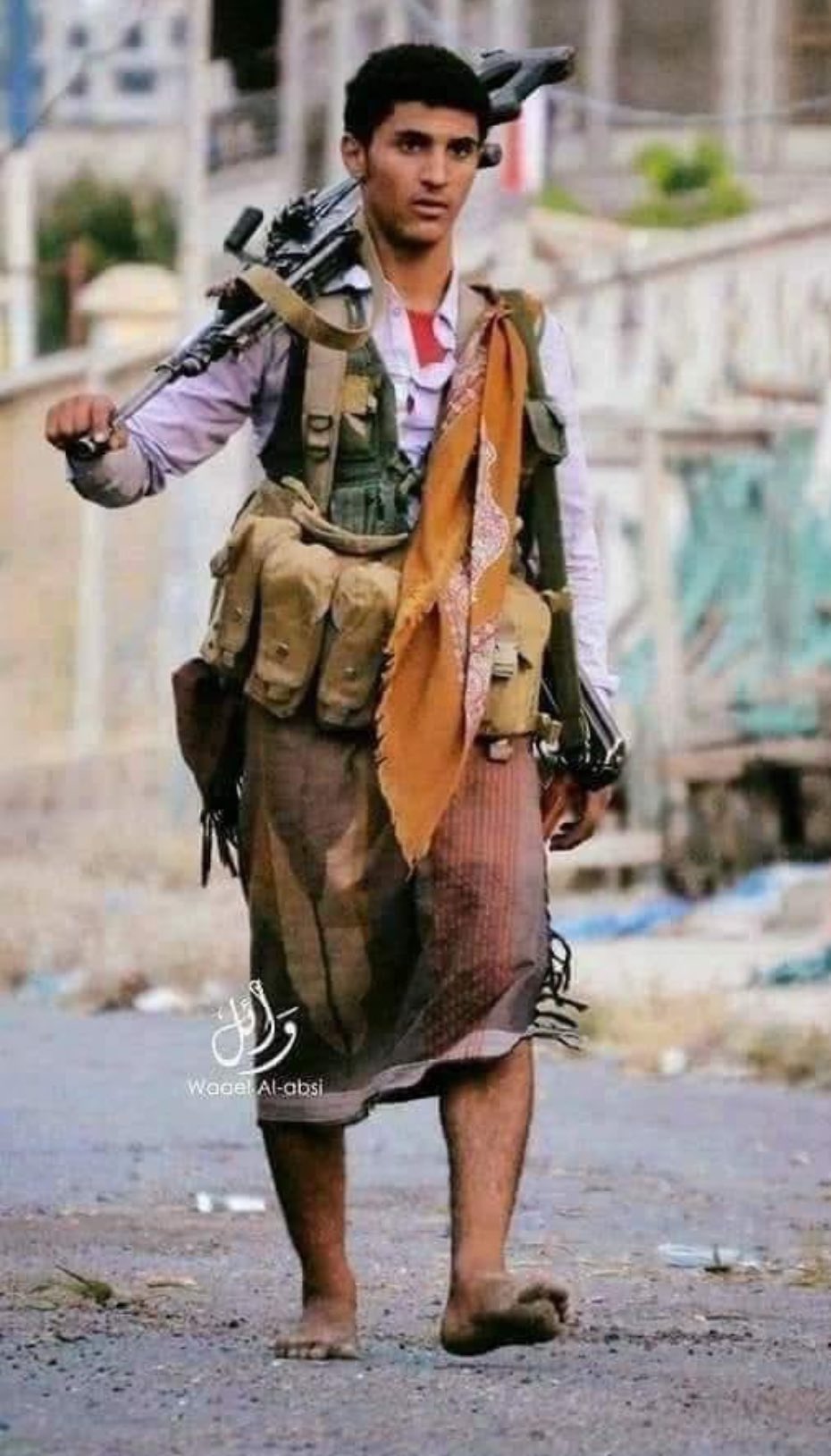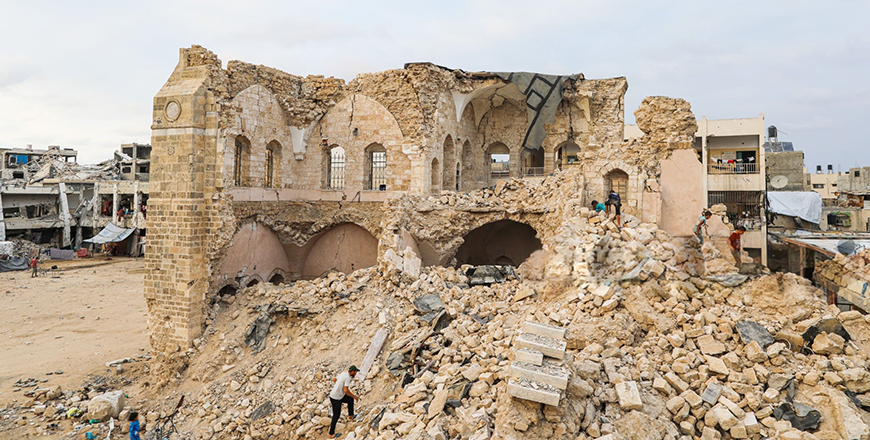1000 Global Writers Call For Boycott of Israeli Cultural Institutions
Over 1,000 writers, publishers, and literary professionals, including prominent authors Sally Rooney, Arundhati Roy, and Rachel Kushner, have signed a letter committing to boycott Israeli cultural institutions.
The signatories pledged to disengage from Israeli publishers, festivals, agencies, and publications they say are “complicit in violating Palestinian rights” or remain “silent observers” of what they describe as systemic oppression.
Organized by the Palestine Festival of Literature (PalFest), the campaign urged global literary figures to boycott any institution that, in the organizers’ view, has failed to recognize the “inalienable rights of the Palestinian people as enshrined in international law.”
The letter criticized Israeli cultural institutions for allegedly “normalizing these injustices,” asserting that many of them play an “integral role” in obscuring the effects of occupation and displacement.
The signatories declared that they will avoid collaborating with institutions supporting “discriminatory policies and practices” or contributing to “whitewashing and justifying Israel’s occupation, apartheid, or genocide.”
“We, as writers, publishers, literary festival workers, and other book workers, publish this letter as we face the most profound moral, political, and cultural crisis of the 21st century,” the letter said.
“Israel has killed at the very least 43,362 Palestinians in Gaza since last October and that this follows 75 years of displacement, ethnic cleansing and apartheid,” it added.
“We cannot in good conscience engage with Israeli institutions without interrogating their relationship to apartheid and displacement,” it reads, noting that “countless authors” took similar stands against apartheid in South Africa.
The campaign has received backing from groups like Fossil Free Books, which advocates against investments linked to Israel and fossil fuel interests. The letter concludes by inviting peers to join the pledge, emphasizing a call for solidarity as the crisis persists.
The Israeli army has continued a devastating offensive on the Gaza Strip since a cross-border incursion by Hamas last October, despite a UN Security Council resolution calling for an immediate cease-fire.
More than 43,000 people have been killed, most of them women and children, with over 101,100 others injured, according to local health authorities.
The Israeli onslaught has displaced nearly the entire population of the territory amid an ongoing blockade that has led to critical shortages of food, clean water, and medicine.
Israel also faces a genocide case at the International Court of Justice for its actions in Gaza.

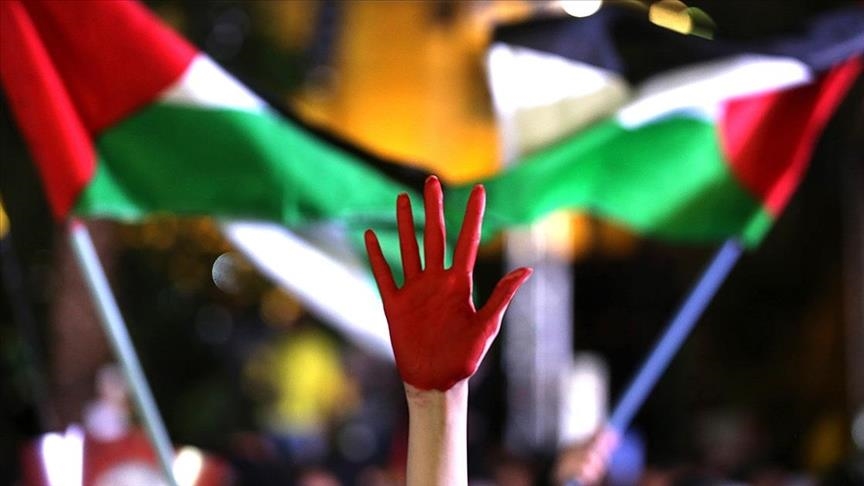

 June Dey
June Dey 
 (@JuneDey1)
(@JuneDey1)  (@PressTV)
(@PressTV)  HAPPENING NOW: In the largest known boycott of "Israeli" cultural institutions, a coalition of writers, publishers, literary festival laborers, and book workers are refusing to work with Zionist literary institutions––and have invited the publishing world to join them.
HAPPENING NOW: In the largest known boycott of "Israeli" cultural institutions, a coalition of writers, publishers, literary festival laborers, and book workers are refusing to work with Zionist literary institutions––and have invited the publishing world to join them. 